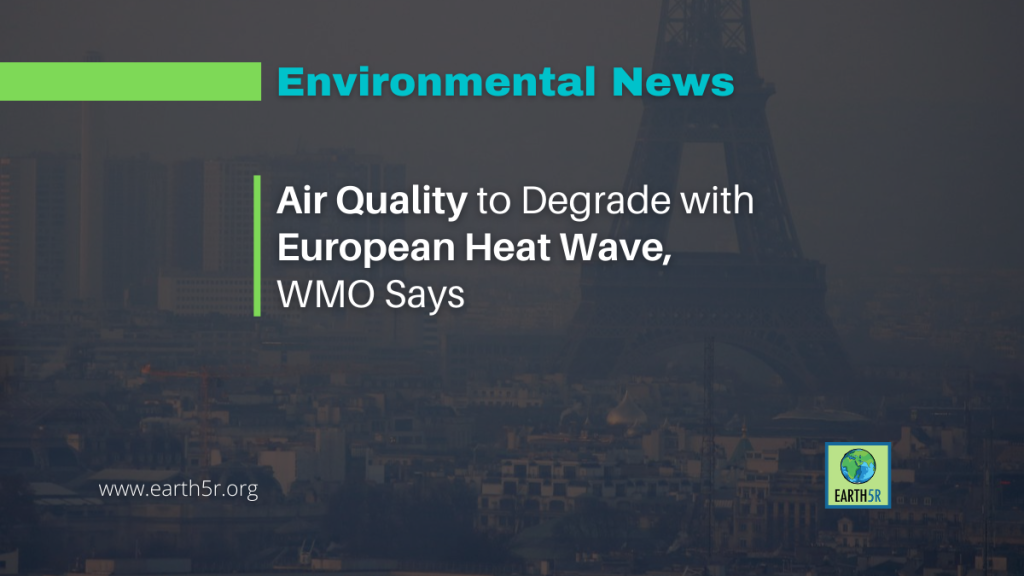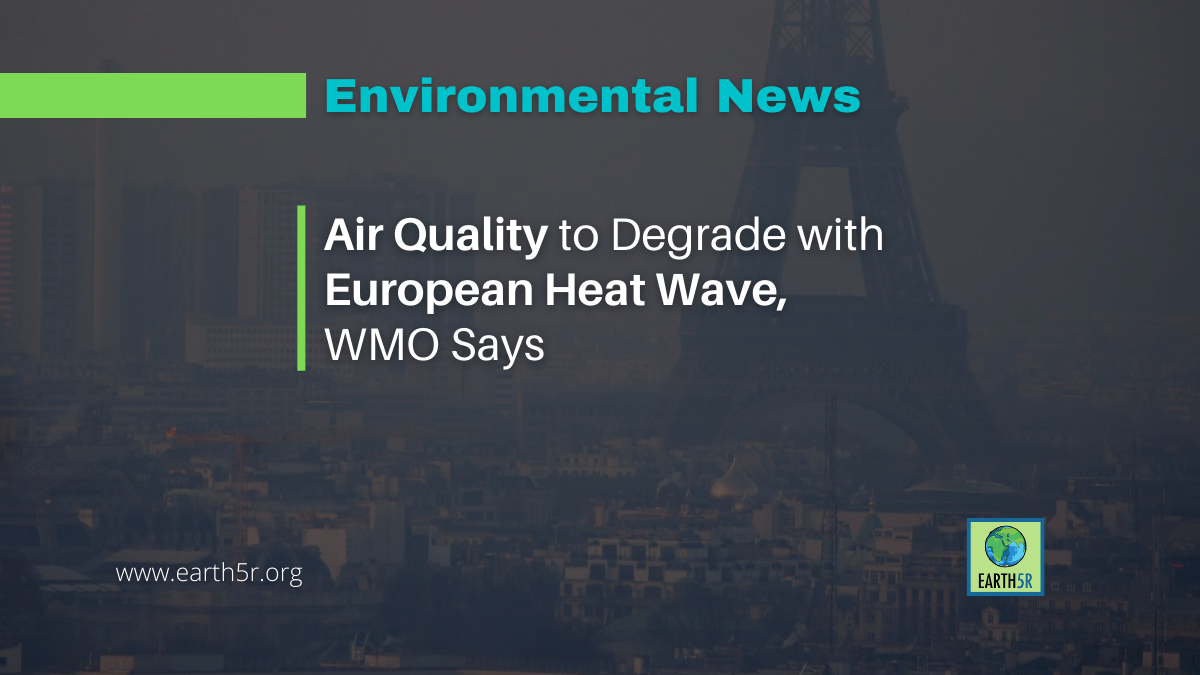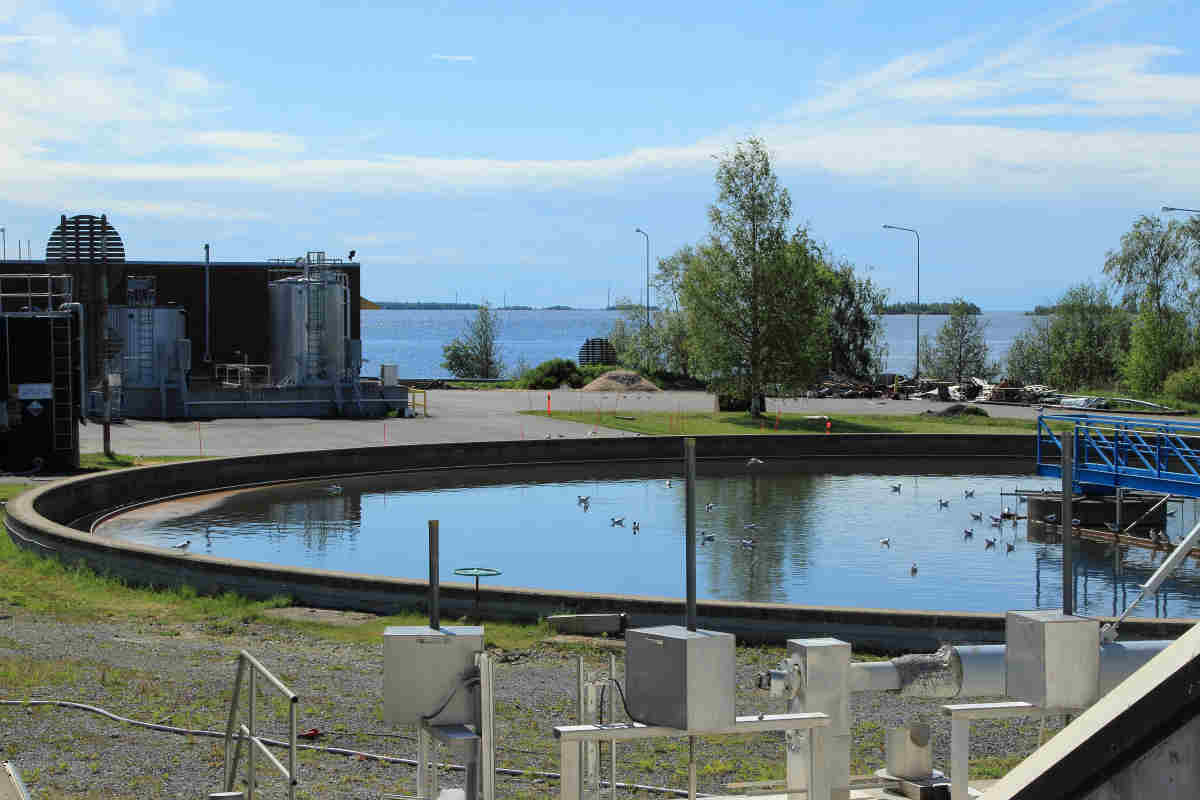Air Quality To Degrade With European Heat Wave, WMO Says

European Heat Wave Trapping Atmospheric Pollutants – Earth5R
The ongoing European heat wave is intensifying environmental and health concerns as it traps pollutants in the atmosphere, significantly degrading air quality. This phenomenon occurs when a stable and stagnant atmosphere forms a “lid,” preventing the dispersion of pollutants such as particulate matter, nitrogen oxides, and ground-level ozone.
Lorenzo Labrador, a scientific officer at the World Meteorological Organization (WMO), explained during a press briefing in Geneva that “the stable and stagnant atmosphere acts as a lid to trap atmospheric pollutants, including particulate matter.” The result is a sharp decline in air quality, posing severe risks to public health, particularly for vulnerable groups like children, the elderly, and those with respiratory or cardiovascular conditions.
The heat wave amplifies these effects, as rising temperatures accelerate the chemical reactions that generate ground-level ozone. Additionally, wildfires exacerbated by the extreme heat release large quantities of particulate matter and greenhouse gases, further worsening air quality and contributing to climate change.
Urban areas across Europe are bearing the brunt of this crisis. The combination of heat, emissions from vehicles and industries, and stagnant air has created hazardous conditions in many cities. Policymakers are responding with measures such as issuing health advisories, encouraging public transport, and temporarily restricting emissions-intensive activities.
The European heat wave underscores the urgent need for coordinated action to address the interconnected challenges of climate change, air pollution, and public health. It serves as a critical reminder of the growing environmental impacts of extreme weather events linked to global warming. European Heat Wave Trapping Atmospheric Pollutants
The ongoing European heat wave is intensifying environmental and health concerns as it traps pollutants in the atmosphere, significantly degrading air quality. This phenomenon occurs when a stable and stagnant atmosphere forms a “lid,” preventing the dispersion of pollutants such as particulate matter, nitrogen oxides, and ground-level ozone.
Lorenzo Labrador, a scientific officer at the World Meteorological Organization (WMO), explained during a press briefing in Geneva that “the stable and stagnant atmosphere acts as a lid to trap atmospheric pollutants, including particulate matter.” The result is a sharp decline in air quality, posing severe risks to public health, particularly for vulnerable groups like children, the elderly, and those with respiratory or cardiovascular conditions.
The heat wave amplifies these effects, as rising temperatures accelerate the chemical reactions that generate ground-level ozone. Additionally, wildfires—exacerbated by the extreme heat—release large quantities of particulate matter and greenhouse gases, further worsening air quality and contributing to climate change.
Urban areas across Europe are bearing the brunt of this crisis. The combination of heat, emissions from vehicles and industries, and stagnant air has created hazardous conditions in many cities. Policymakers are responding with measures such as issuing health advisories, encouraging public transport, and temporarily restricting emissions-intensive activities.
The European heat wave highlights the growing frequency of extreme weather events caused by global warming, demanding immediate global action. It underscores the need for sustainable policies to mitigate climate and environmental crises effectively.



